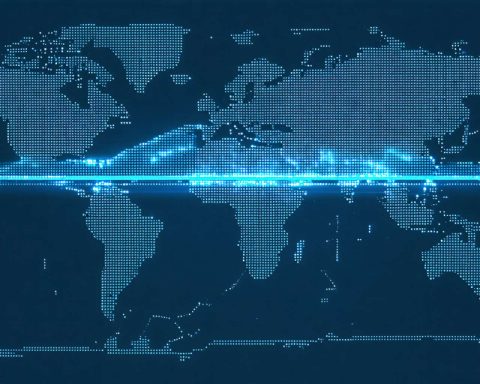Differential Privacy
Differential Privacy is a statistical technique used to ensure that the privacy of individuals in a dataset is protected when analyzing and sharing aggregate information. It introduces a controlled amount of randomness into the data analysis process, making it difficult to identify or infer specific information about any individual. The key concept is to provide mathematical guarantees that any given individual's data contribution does not significantly affect the output of the analysis, thereby protecting their privacy.In practical terms, differential privacy allows organizations to collect and share data insights while minimizing the risk of revealing personal information. It provides a framework for balancing user privacy and data utility, allowing researchers and practitioners to produce valuable statistical analyses without compromising the identities of individuals within the dataset. The implementation of differential privacy often involves adding noise to results or queries, which is calibrated based on a defined privacy parameter that dictates the level of anonymity.












